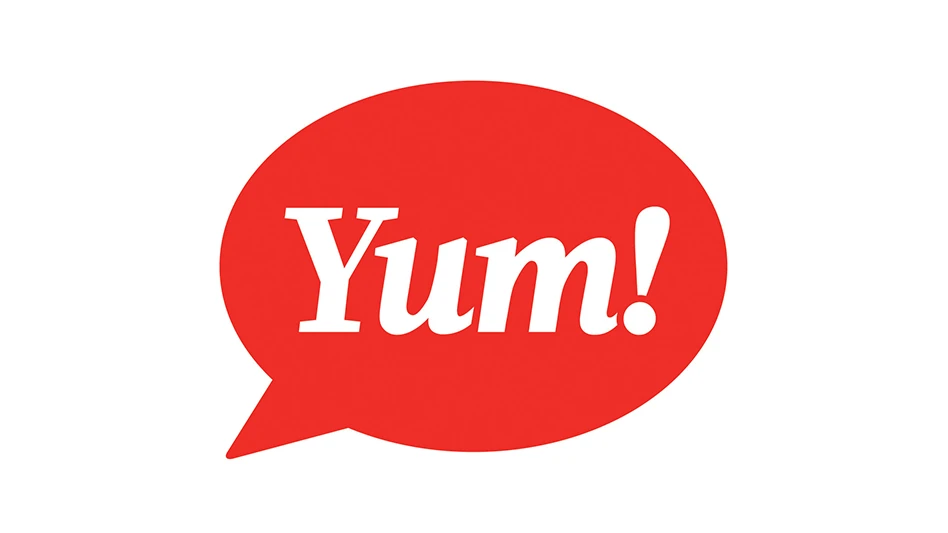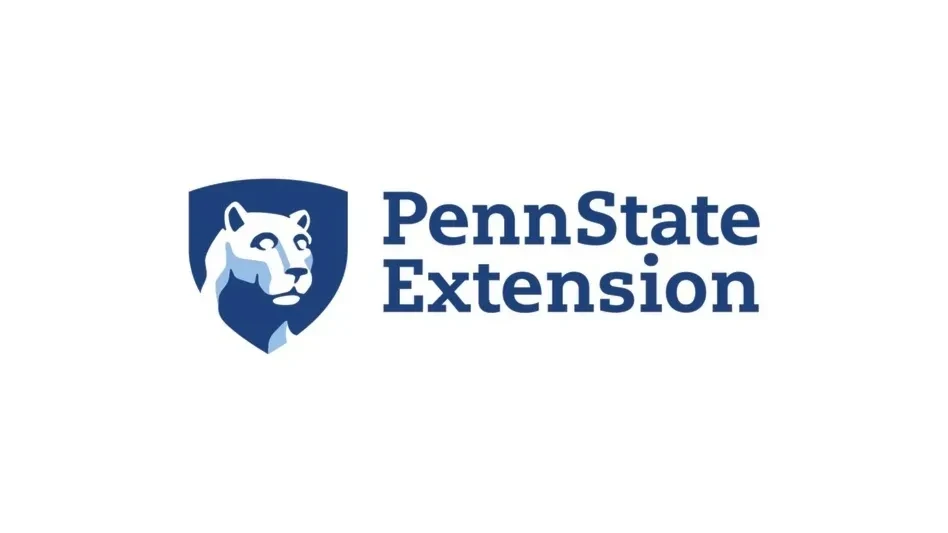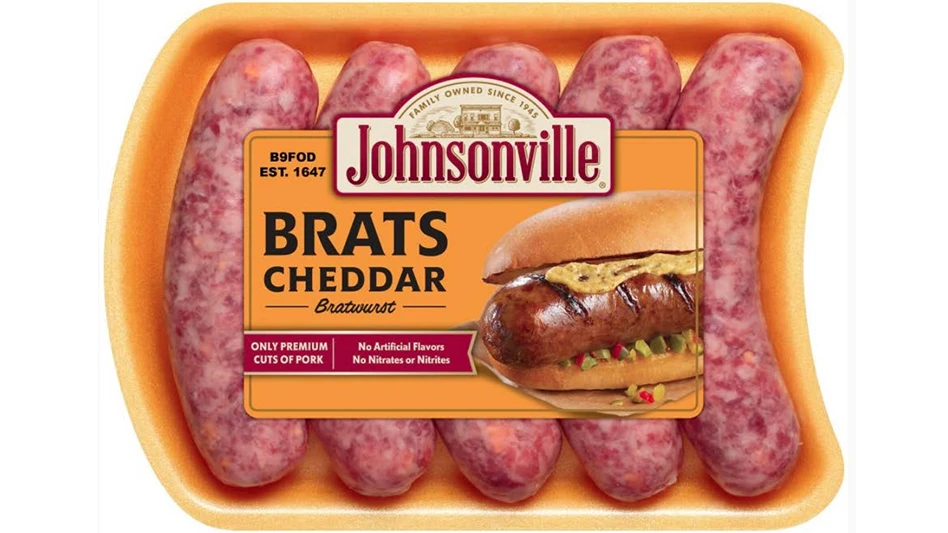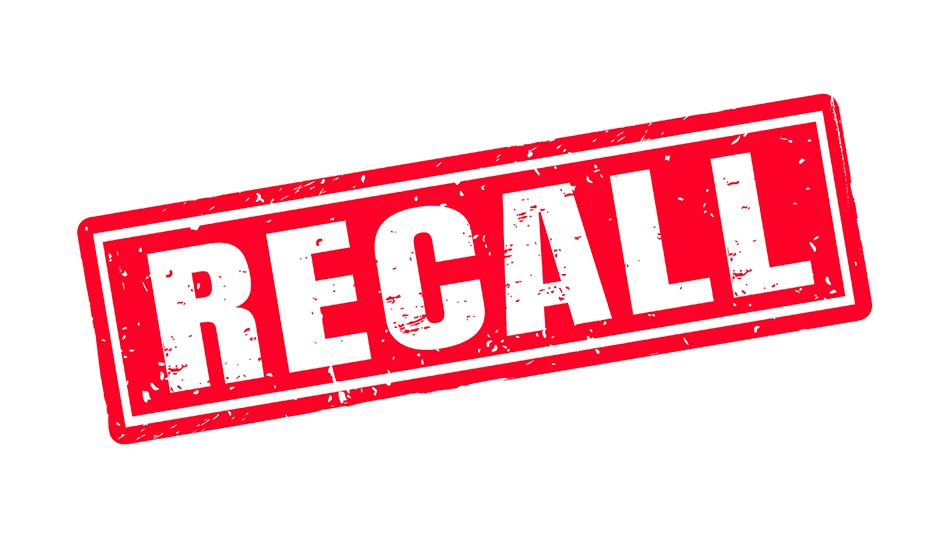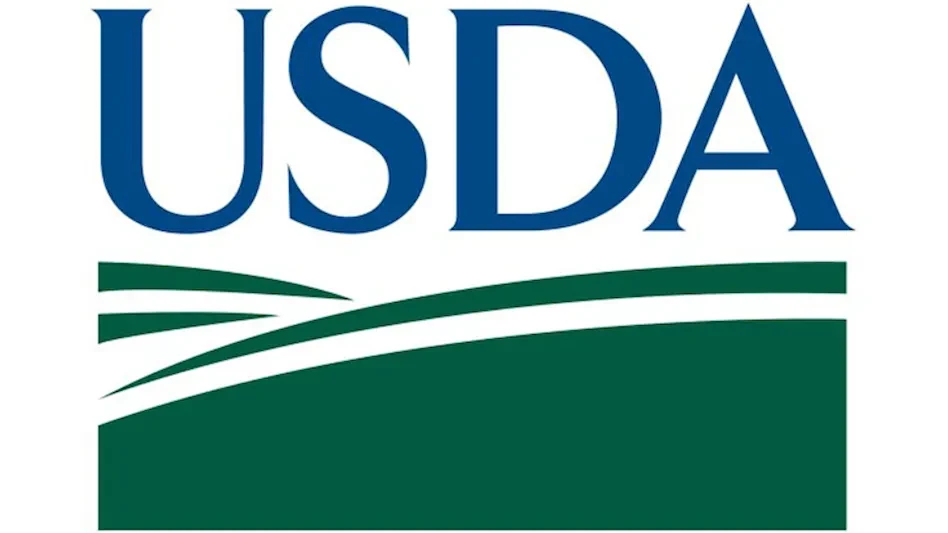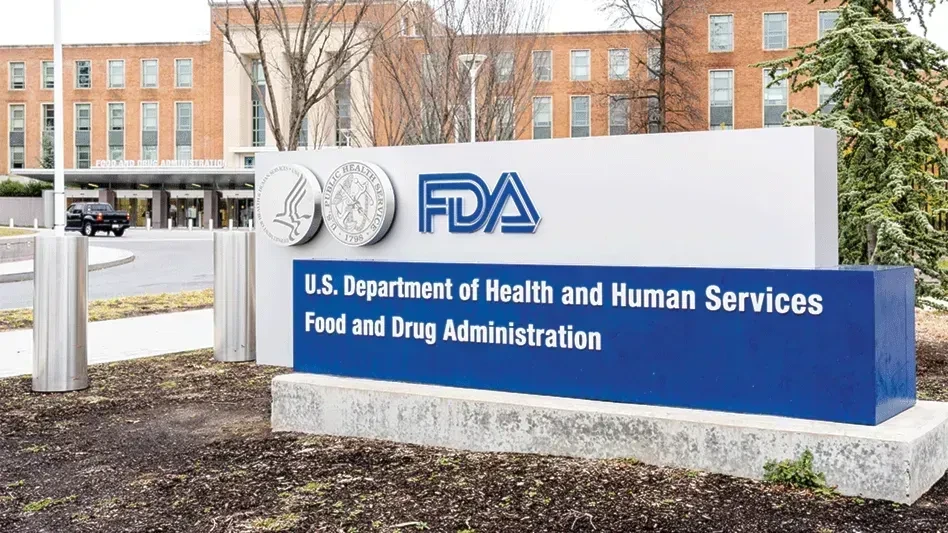|
Author's Soapbox The information found in the Practical QA Solutions column has come from my food industry experience of 40+ years. This work has been challenging, enjoyable, and rewarding. I hope you find this column an interesting read with ideas ready to put into action. A QA Manager has a basic and personal responsibility—assuring quality in a manner to satisfy customers and consumers. Do not underestimate the impact you have on your company’s reputation, your industry’s reputation, and your own reputation. Quality is the personal responsibility of every manager, supervisor, and employee. It is our future—your future. Somebody must champion quality and food safety in the board room. |
If quality is “Job one” and food safety, the highest priority, then why do we continue to push for what people say comes first?
One can only have one first and the one first that too often rules the board room is profit. Having worked from the back room to the board room has given me a unique perspective ranging from painted duct-tape patches in food plants to large chairs and polished tables in board rooms.
What does it take to achieve quality, food safety, and profit—all at the same time? All three can be the top priority, but quality and food safety improvements must be directly linked to profits. What are practical solutions for this dilemma?
1. Owner Commitment.
The first solution centers on the responsibililty of an owner to provide sufficient resources to implement a sound quality assurance and food safety system.
Most owners, and top executives, are committed to providing resources, but they usually do not identify what is needed or are unable do it by themselves. Some do understand the intangible benefits of quality and do not pressure managers to justify all expenditures. But these owners are rare, and such perspective is usually due to the person having had a quality background or position.
Additionally, some owners make poor quality and food safety decisions that are full of risk, and some also have little understanding of the influence that FDA has on quality.
FDA field investigators are routinely required to document “who has the duty, power, and responsibility to detect, correct, and prevent violations of the law.” In other words, who in the board room is this person(s) and who in the board room is “preventing” or blocking the detection, correction, and prevention to achieve quality and food safety.
2. Resource Justification.
“If one can measure it, one can manage it” is a fundamental management belief. Therefore, the second solution is a quality management responsibility to provide justification for adequate resources necessary for sound quality assurance and food safety decisions.
A quality manager needs sufficient information to clearly show the business owner or executives how reducing nonconformance cost is an opportunity to increase profit. What has happened to the quality management principle of measuring nonconformance?
The first step is to gather costs associated with non-quality and doing work over (e.g., waste, redesign, complaint handling, product replacement/destruction, and rework). Communicate these expenses along with the quality solution cost that will improve profit.
For example, track the costs of waste removal (compactors, dumpsters, refuse containers, and related labor); analyze the waste contents; and determine sources, value, and causes. Following are a few case examples:
- If a distribution center’s leading waste cause is product contaminated with insects, then resources can be made available to improve pest management that will reduce insect-related waste.
- Is the source open unscreened doors? If so, then resources should be allocated to practical solutions such as nylon screens or rapid automatic door closures.
The more one looks, the more one finds. The more one finds, and the more one can improve quality, food safety, and profitability. In most cases, the solution will cost less than the waste.
Think of a future budget-planning meeting at which you could say: “To give you an indication of how costly this problem is, I’ll show the actual cost we are now incurring. To reduce this cost, I need XYZ which has an ROI of less than 12 months.” This approach is a good management technique to justify targeted solution resources to improve the quality assurance and food safety system.
Conclusion.
If your company is doing things right the first time, then you can disregard this column. Reality is doing things wrong some of the time. Think about practical solutions to the larger wrongs that will improve quality and profits. Then move on to the next non-quality category. “Quality is not only free but a bountiful source of profits.” - Philip B. Crosby

Explore the February 2014 Issue
Check out more from this issue and find your next story to read.
Latest from Quality Assurance & Food Safety
- Ferrero Group Invests $445 Million in Ontario Production Facility
- Nelson-Jameson Announces Grand Opening for Pennsylvania Distribution Center
- Taylor Farms Linked to Romaine E. coli Outbreak as Marler Clark Files Multiple Lawsuits Against Supplier
- IAFNS Announces Winners of Emerging Leader Awards for Food Safety, Nutrition
- FDA Shares Testing Results for PFAS in Bottled Water
- Provision Analytics Adds Food Safety Expert Jennifer Williams to Strategic Advisory Group
- Boston Sword & Tuna Protects Seafood Safety with Mettler-Toledo Metal Detectors
- IFT Releases New Resources to Aid Food and Beverage Industry in Sugar Reduction
